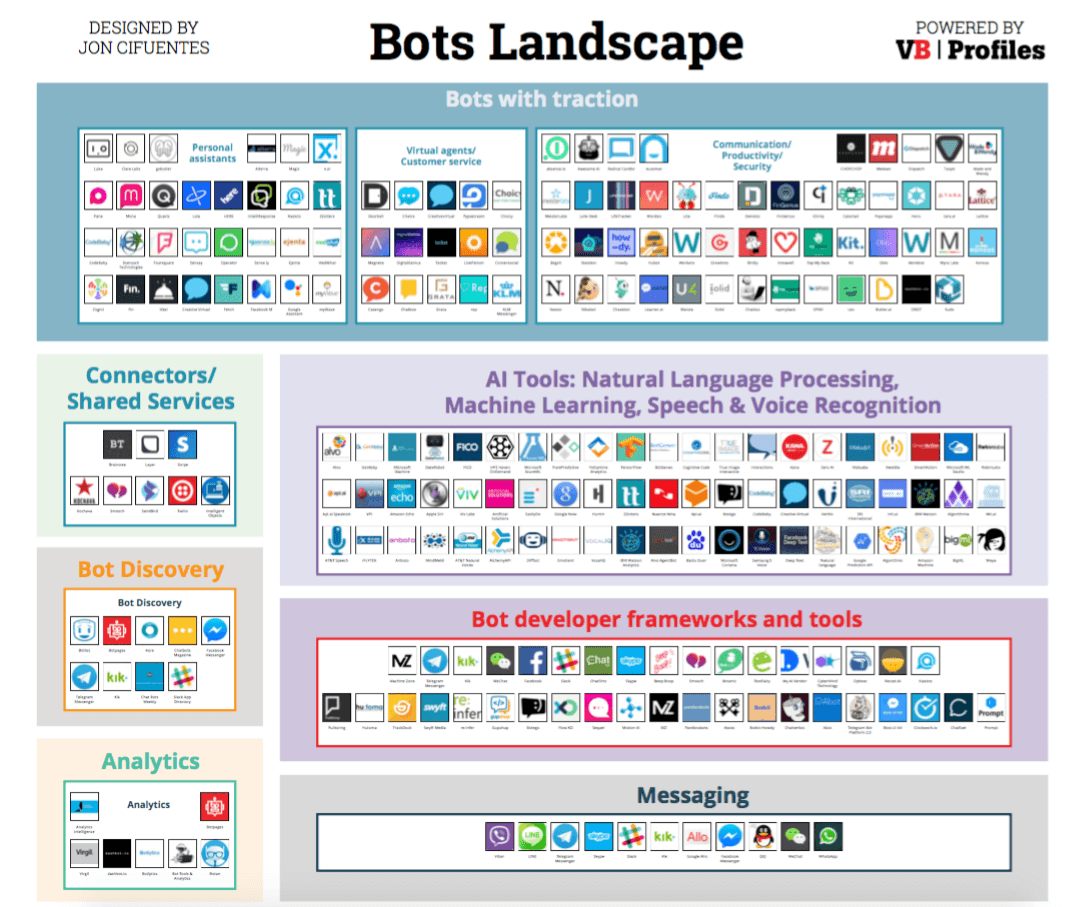Chatbots were last year’s big hype, and they are this year’s big commerce and marketing frontier. Indeed, they are coming into their own as an interface for businesses to communicate with their customers, and for organizations to reach out to clients.
That being said, chatbot tech solutions and strategy need some more polishing.
A recent report claims that Facebook’s chatbots “failed to fulfill” no fewer than 70 percent of user requests — meaning that chatbots couldn’t understand what users were saying, and in some cases humans had to step in. On the other hand, members of the millennial generation can’t wait to get their hands on chatbot technology. According to a Retale poll, 86 percent of millennials said that brands should use chatbots to promote deals, products, and services, and nearly all of the 58 percent of respondents who had interacted with a chatbot said that it was a positive experience.
So, have chatbots “arrived”? The fact that the economically powerful millennial generation has such a strong interest in chatbots means that they are here to stay, and will doubtless improve over time. Companies that don’t jump on the bandwagon may find themselves squeezed out later on when the technology does come into its own and users, especially millennials, expand their engagement with the programs. The reason for bots’ popularity is that users simply prefer to interact with companies, and each other, on messaging apps.
June 5th: The AI Audit in NYC
Join us next week in NYC to engage with top executive leaders, delving into strategies for auditing AI models to ensure fairness, optimal performance, and ethical compliance across diverse organizations. Secure your attendance for this exclusive invite-only event.
Gartner, for instance, puts it like this: “This technology offers a new human interface, which is particularly interesting since much of the current human interaction with technology is through a screen, a very old-fashioned approach. Interacting with chatbots won’t require any particular setup; the technology will simply understand and do as the human asks.” What’s important to note, as our friends at Chatbots Magazine do, is Gartner’s emphasis on the future. People enjoy using bots, and their growth is set to continue. So, how can we keep those people happy and make other users happier?
By this point, thousands of chatbots have been developed, and patterns are beginning to emerge in what makes a successful chatbot — and what makes for one that fails. According to the Retale study, millennials had specific suggestions on how to improve the chatbot experience, and from their suggestions, companies can discern what they need to do in order to improve their bot’s performance.
According to the study, 53 percent of those who had interacted with chatbots said that they needed to be more “accurate,” meaning that, as they are currently deployed, chatbots do not always answer to the point. Chatbots are usually programed to respond to queries and comments made by human users, but when they supply the wrong answer or an answer that is not relevant, users may get discouraged and shy away from that chatbot.
To succeed in the chatbot business, companies need to set clear-eyed expectations. Also, the technology should not be squeezed to the point of extracting the last drop of functionality in order to carry on complex conversations that involve a sophisticated back and forth with users. Instead, the conversational aspect — and the kind of information the bots supply — should be focused on engaging customers in marketing and commerce activities, featuring information and responses to questions they can easily handle.
Companies should narrow down the area of information they want their chatbot to work within and promote it for that purpose. For example, a clothing retailer that wants to promote a sock collection online could, instead of designing an all-purpose chatbot to sell everything in the store, design a special Black Friday chatbot. Users could be provided with a set of questions that would lead to a choice of just 2 or 3 sock styles, presented to them as recommendations. It might seem simple, but that’s what customers really want. When it comes to taking tasks like making recommendations, receiving orders and processing payments, chatbots shine.
As chatbots mature, we need to keep in mind where, when, and how they work best in order to give users the chatbot experiences they are hungry for.
This article was written by Asaf Amir, CEO of Chatsuite.



